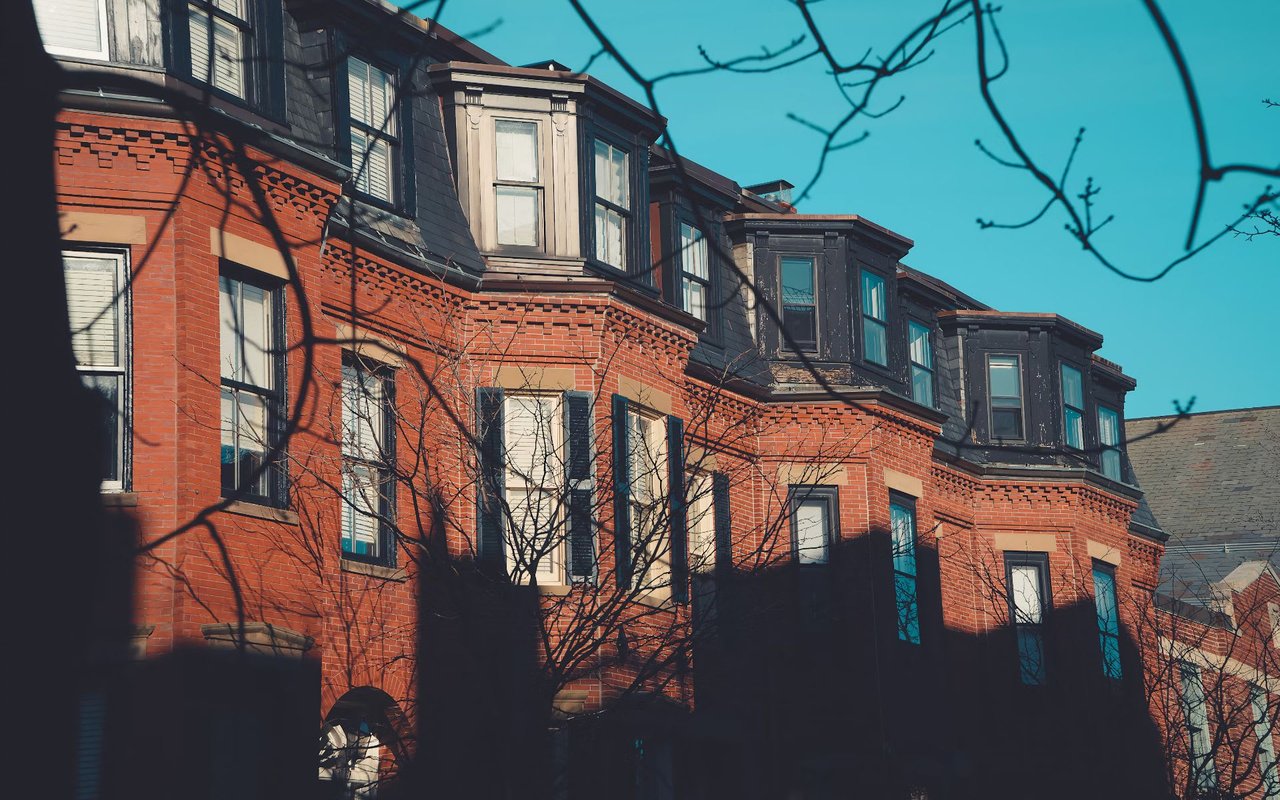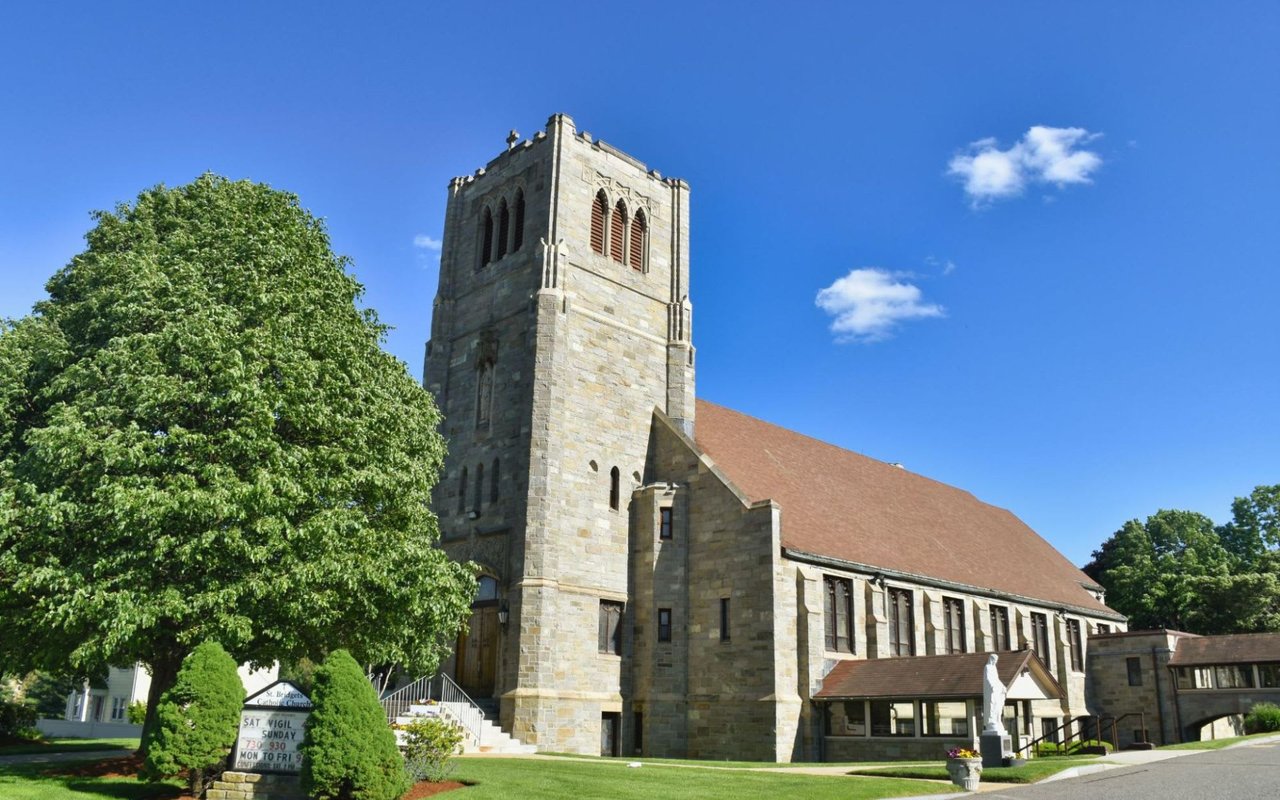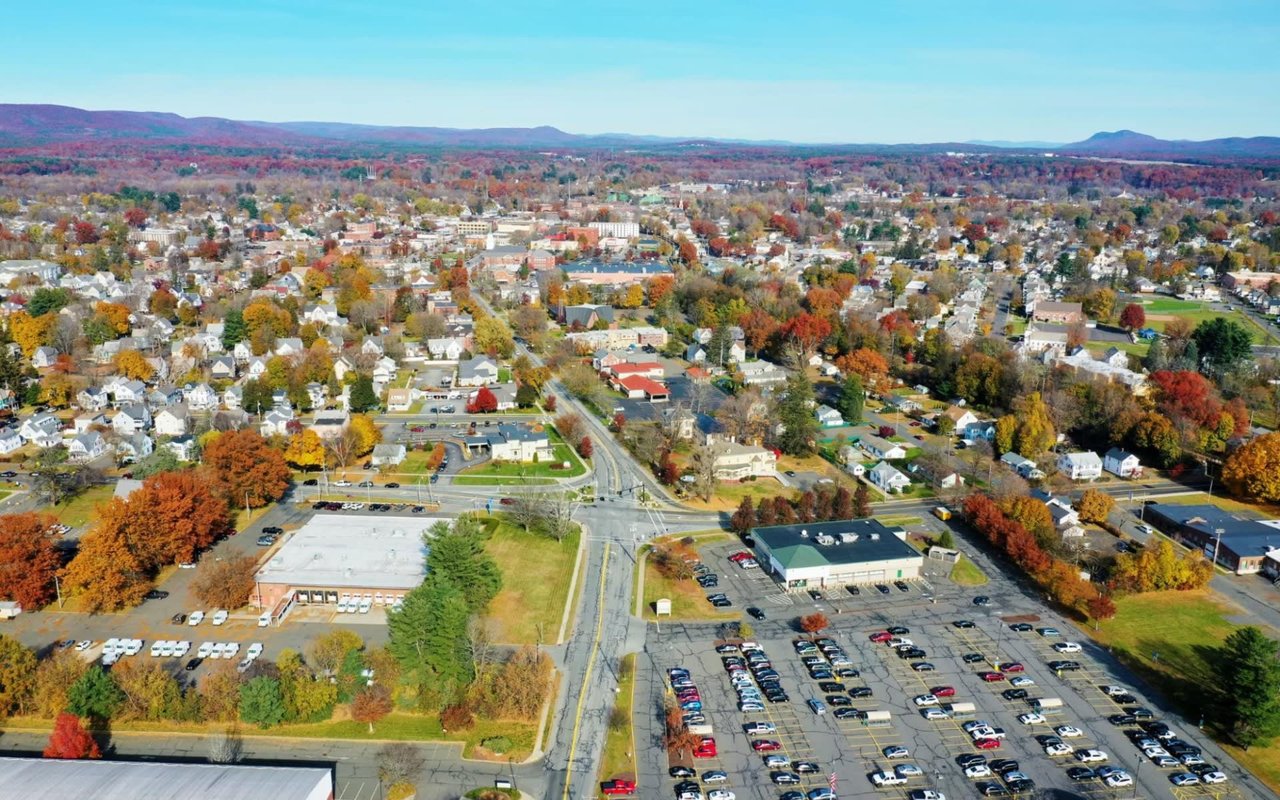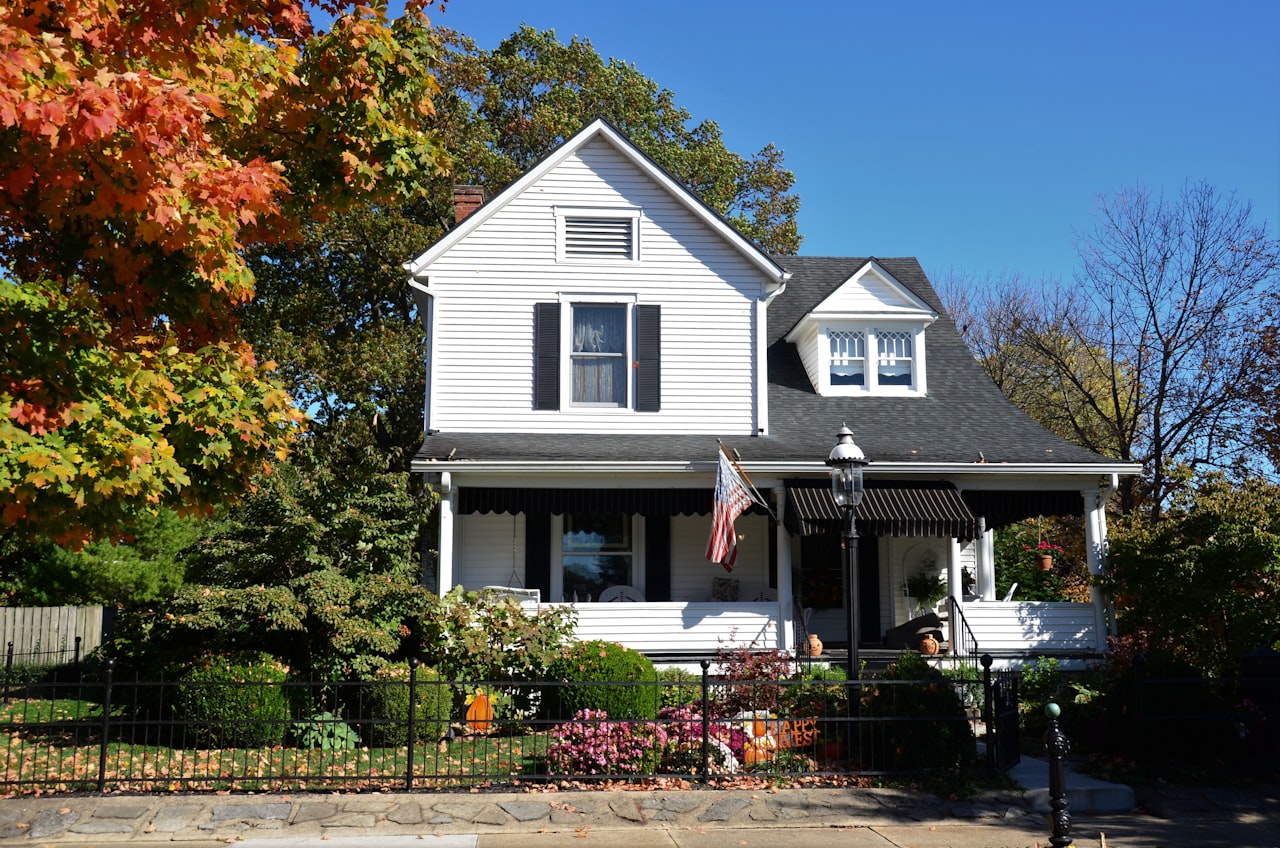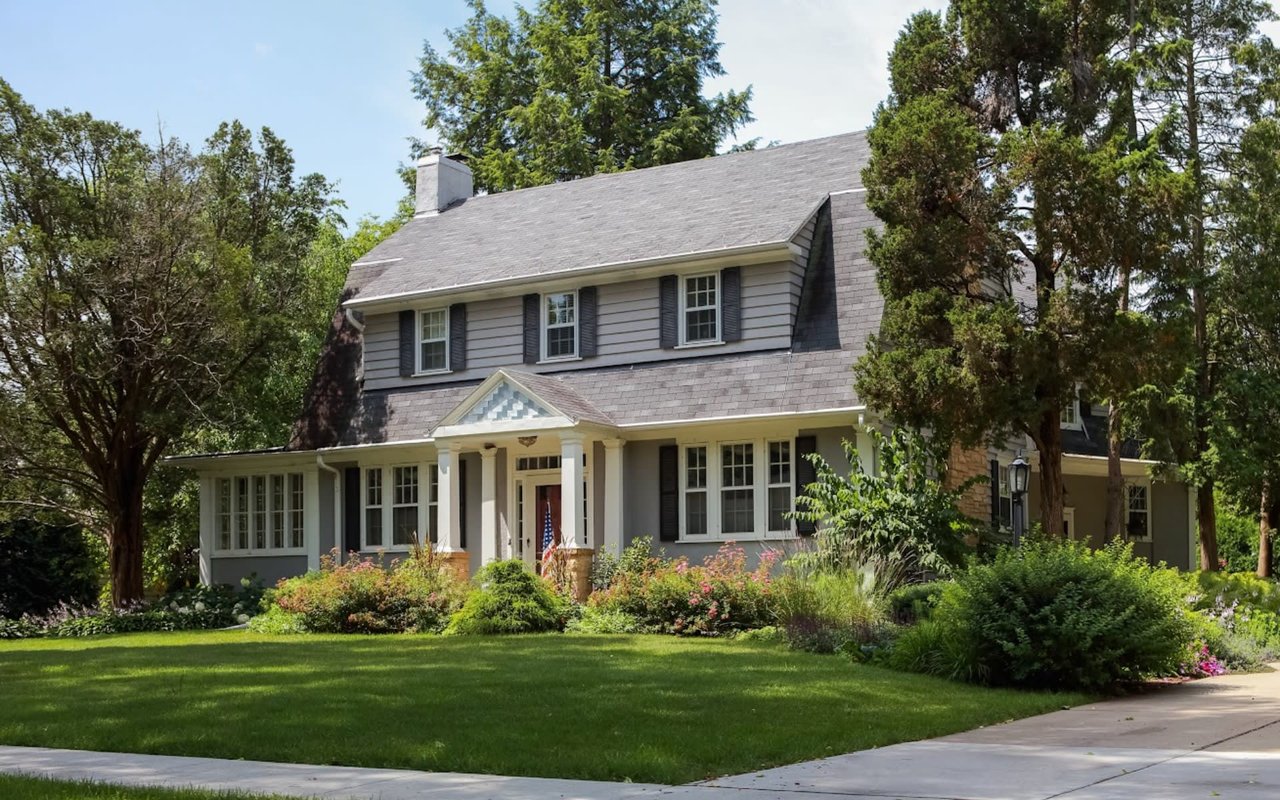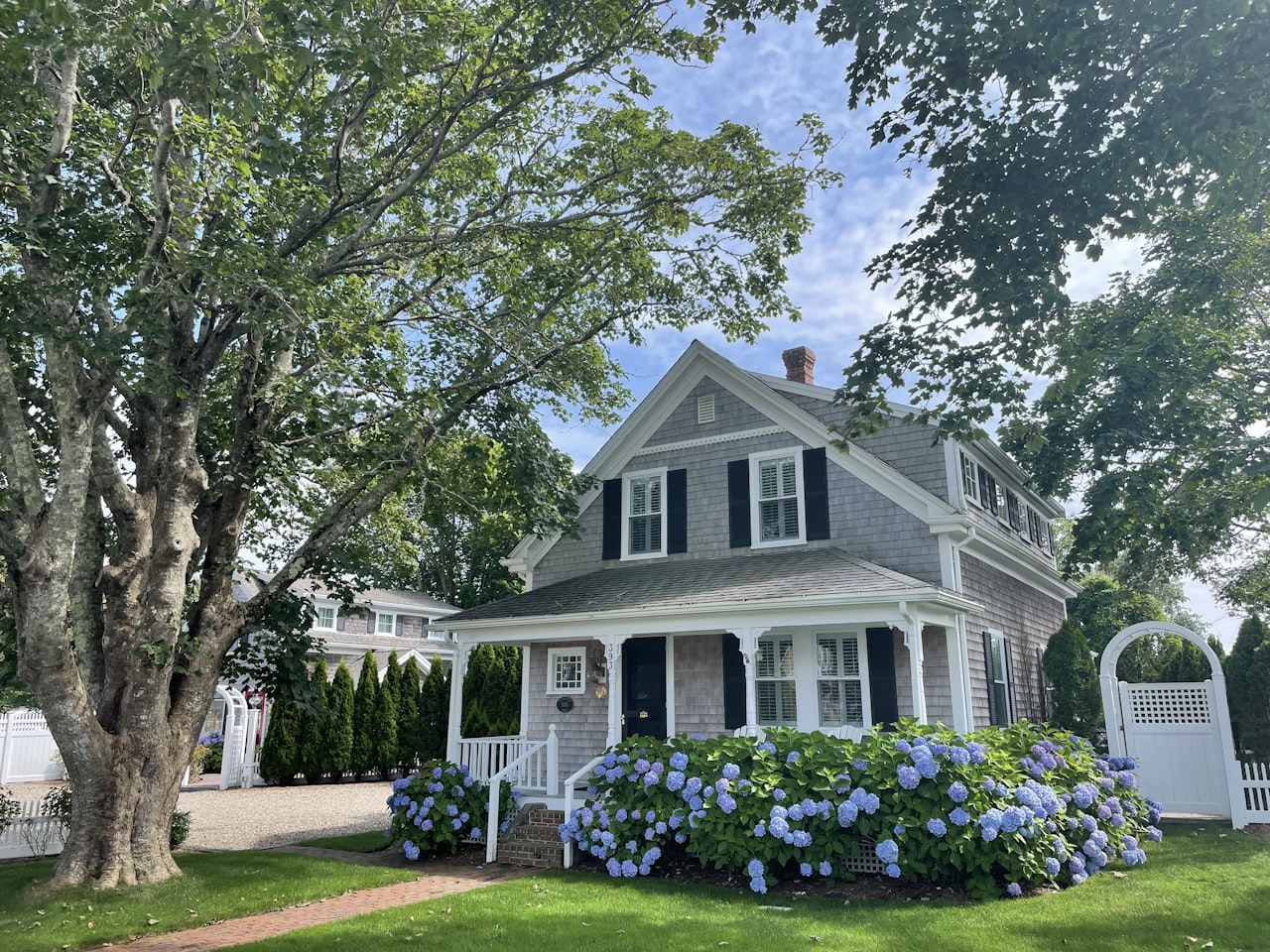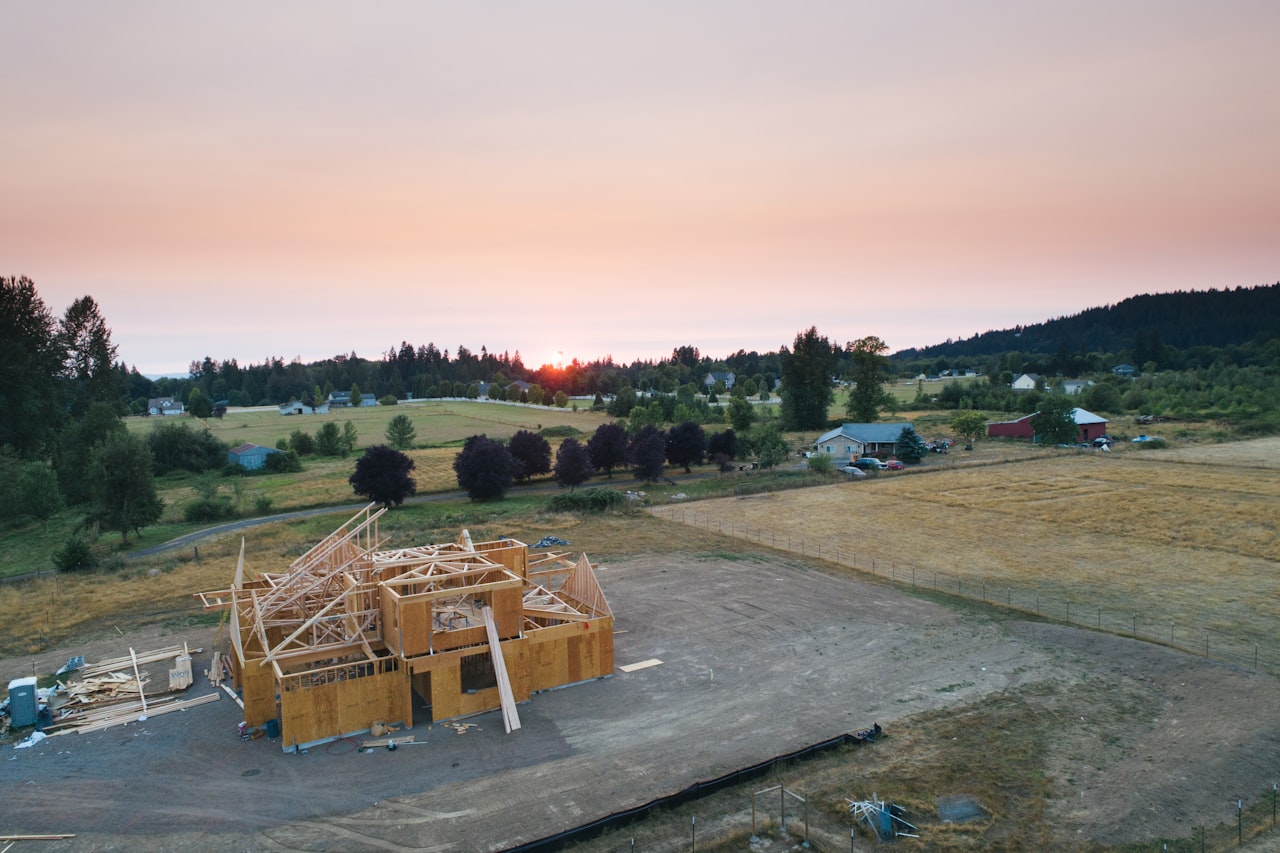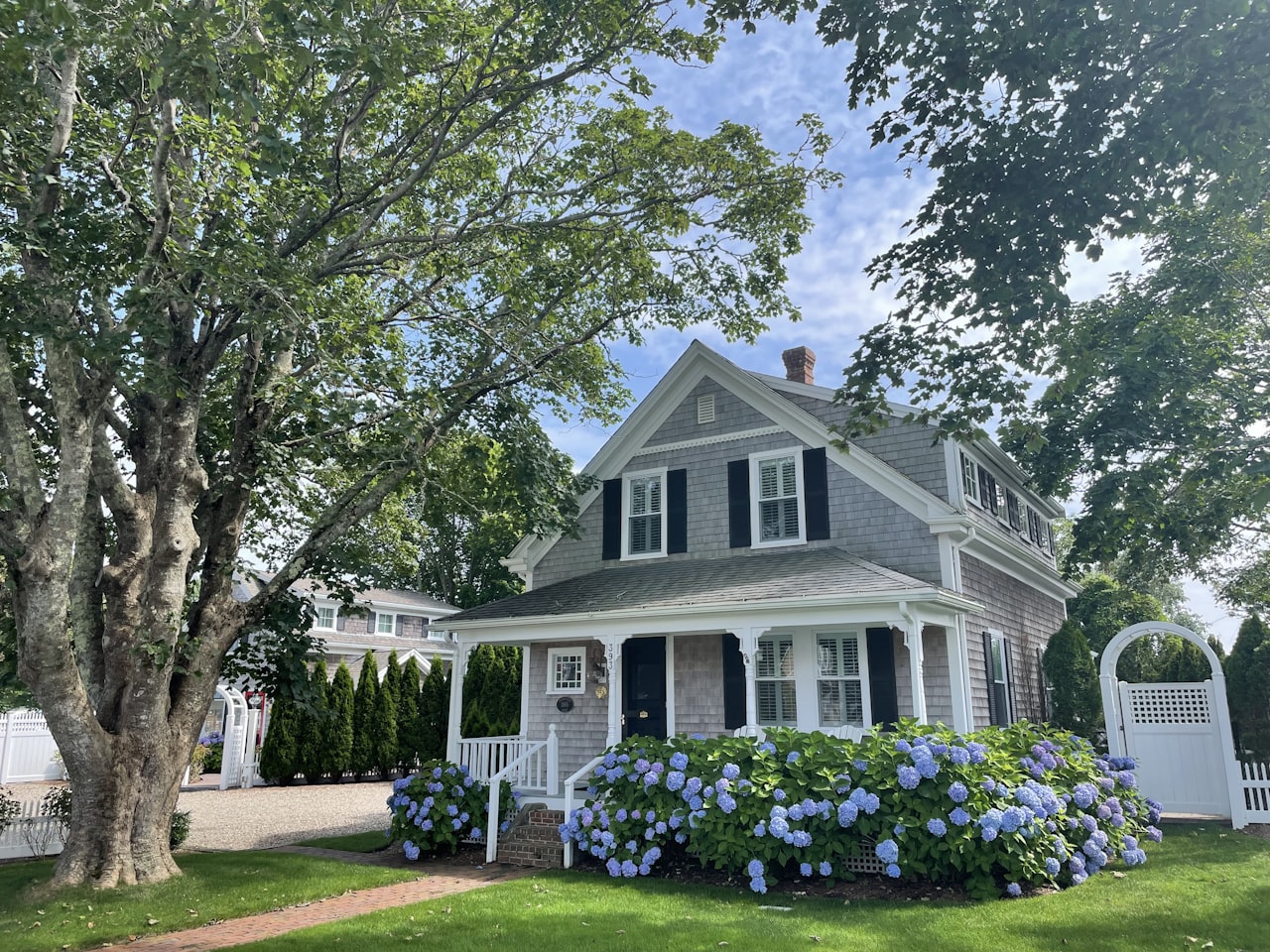Wellesley, Massachusetts, is a town rich in history and architectural charm. Situated in the heart of the state, Wellesley boasts a variety of stunning landmarks that reflect its interesting past. This guide will explore some of Wellesley's most iconic architectural landmarks, including the Cottage Street Historic District, the Isaac Sprague Memorial Clocktower, the Galen Stone Tower, and Wellesley Square. These sites offer a glimpse into the unique and captivating Wellesley architecture that has defined this charming New England town.
1. Cottage Street Historic District
The Cottage Street Historic District is a picturesque area that exemplifies the classic New England architectural style. This district is renowned for its well-preserved 19th-century homes, each telling a story of Wellesley's evolution over the years.
The Cottage Street Historic District was established in the late 1800s during a period of significant growth and development in Wellesley. The district's homes were primarily built for middle-class families, many of whom were professionals and tradespeople contributing to the town's burgeoning economy. These homes reflect the architectural trends of the time, including elements of Queen Anne, Colonial Revival, and Victorian styles.
Walking through the Cottage Street Historic District, visitors can admire a variety of architectural details that define Wellesley architecture. These include intricate woodwork, wrap-around porches, decorative gables, and ornate trim. Many homes feature beautifully landscaped gardens and historic stone walls, adding to the district's charm.
The preservation of the Cottage Street Historic District shows the town's commitment to maintaining its historical heritage. Local historical societies and preservation organizations work diligently to protect and restore these architectural gems, ensuring that future generations can appreciate Wellesley's rich architectural history.
The Cottage Street Historic District was established in the late 1800s during a period of significant growth and development in Wellesley. The district's homes were primarily built for middle-class families, many of whom were professionals and tradespeople contributing to the town's burgeoning economy. These homes reflect the architectural trends of the time, including elements of Queen Anne, Colonial Revival, and Victorian styles.
Walking through the Cottage Street Historic District, visitors can admire a variety of architectural details that define Wellesley architecture. These include intricate woodwork, wrap-around porches, decorative gables, and ornate trim. Many homes feature beautifully landscaped gardens and historic stone walls, adding to the district's charm.
The preservation of the Cottage Street Historic District shows the town's commitment to maintaining its historical heritage. Local historical societies and preservation organizations work diligently to protect and restore these architectural gems, ensuring that future generations can appreciate Wellesley's rich architectural history.
2. Isaac Sprague Memorial Clocktower
The Isaac Sprague Memorial Clocktower is another iconic landmark testament to Wellesley's architectural and historical legacy. This clocktower is a functional timepiece and a symbol of the town's dedication to preserving its historical treasures.
The Isaac Sprague Memorial Clocktower was erected in 1928 in memory of Isaac Sprague, a prominent local businessman and philanthropist. Sprague's contributions to the community were numerous, and the clocktower is a lasting tribute to his impact on Wellesley.
The clocktower's design is a striking example of early 20th-century architecture. Constructed from locally sourced stone, the tower features a square base with a tapered, octagonal upper section. The clock faces are adorned with intricate detailing, and the tower is capped with a distinctive copper roof that has developed a charming patina over the years.
The Isaac Sprague Memorial Clocktower is more than just an architectural landmark; it is a beloved community gathering spot. The clocktower's chimes can be heard throughout the town, marking the passage of time and serving as a reminder of Wellesley's rich history and enduring sense of community.
The Isaac Sprague Memorial Clocktower was erected in 1928 in memory of Isaac Sprague, a prominent local businessman and philanthropist. Sprague's contributions to the community were numerous, and the clocktower is a lasting tribute to his impact on Wellesley.
The clocktower's design is a striking example of early 20th-century architecture. Constructed from locally sourced stone, the tower features a square base with a tapered, octagonal upper section. The clock faces are adorned with intricate detailing, and the tower is capped with a distinctive copper roof that has developed a charming patina over the years.
The Isaac Sprague Memorial Clocktower is more than just an architectural landmark; it is a beloved community gathering spot. The clocktower's chimes can be heard throughout the town, marking the passage of time and serving as a reminder of Wellesley's rich history and enduring sense of community.
3. Galen Stone Tower
Perched on the campus of Wellesley College, the Galen Stone Tower is a stunning example of collegiate Gothic architecture. This tower is a focal point of the college and a significant landmark in Wellesley.
The Galen Stone Tower, completed in 1927, is named after Galen L. Stone, a financier and philanthropist who contributed significantly to Wellesley College. It is part of Green Hall, which houses various academic and administrative offices.
The design of the Galen Stone Tower is Gothic, featuring pointed arches, intricate stone carvings, and a soaring spire. The tower's height and elegant proportions make it a striking feature of the Wellesley College skyline. Inside, the tower houses a carillon, which is played during special occasions and concerts, adding to the building's cultural significance.
The Galen Stone Tower is a central part of life at Wellesley College. It is a landmark for students, faculty, and visitors, symbolizing the college's commitment to academic excellence and architectural beauty. The tower's carillon concerts are a cherished tradition, bringing the campus community together through music.
The Galen Stone Tower, completed in 1927, is named after Galen L. Stone, a financier and philanthropist who contributed significantly to Wellesley College. It is part of Green Hall, which houses various academic and administrative offices.
The design of the Galen Stone Tower is Gothic, featuring pointed arches, intricate stone carvings, and a soaring spire. The tower's height and elegant proportions make it a striking feature of the Wellesley College skyline. Inside, the tower houses a carillon, which is played during special occasions and concerts, adding to the building's cultural significance.
The Galen Stone Tower is a central part of life at Wellesley College. It is a landmark for students, faculty, and visitors, symbolizing the college's commitment to academic excellence and architectural beauty. The tower's carillon concerts are a cherished tradition, bringing the campus community together through music.
4. Wellesley Square
Wellesley Square is the vibrant heart of the town, blending historic architecture with modern amenities. This area is a hub of activity, offering a mix of shopping, dining, and cultural attractions.
Wellesley Square has evolved significantly since the town's early days. Originally a center of commerce and trade, the square has maintained its historical character while adapting to the needs of contemporary residents and visitors. Many of the buildings in Wellesley Square date back to the late 19th and early 20th centuries, showcasing a variety of architectural styles.
Visitors to Wellesley Square can admire a range of architectural styles, from classic Colonial Revival buildings to charming Victorian storefronts. Notable buildings include the Wellesley Town Hall, a beautiful example of Richardsonian Romanesque architecture, and the Wellesley Free Library, which blends traditional and modern design elements.
Wellesley Square is more than just a shopping district; it is a cultural and community hub. The area hosts various events throughout the year, including farmers markets, festivals, and holiday celebrations. These events draw residents and visitors alike, creating a lively and welcoming atmosphere that reflects the town's community spirit.
Wellesley Square has evolved significantly since the town's early days. Originally a center of commerce and trade, the square has maintained its historical character while adapting to the needs of contemporary residents and visitors. Many of the buildings in Wellesley Square date back to the late 19th and early 20th centuries, showcasing a variety of architectural styles.
Visitors to Wellesley Square can admire a range of architectural styles, from classic Colonial Revival buildings to charming Victorian storefronts. Notable buildings include the Wellesley Town Hall, a beautiful example of Richardsonian Romanesque architecture, and the Wellesley Free Library, which blends traditional and modern design elements.
Wellesley Square is more than just a shopping district; it is a cultural and community hub. The area hosts various events throughout the year, including farmers markets, festivals, and holiday celebrations. These events draw residents and visitors alike, creating a lively and welcoming atmosphere that reflects the town's community spirit.
The Unique Charm of Wellesley Architecture
Wellesley's architectural landmarks offer a fascinating glimpse into the town's history and artistic heritage. From the charming homes of the Cottage Street Historic District to the iconic Isaac Sprague Memorial Clocktower, the stunning Galen Stone Tower, and the bustling Wellesley Square, each site contributes to the unique character of Wellesley architecture. Exploring these landmarks allows visitors to appreciate all of the styles and stories that define this beautiful New England town.
Wellesley architecture is not just about buildings; it's about the community and history that these structures represent. Wellesley has something to offer whether you're a history enthusiast, an architecture fan, or simply someone who appreciates the beauty of well-preserved landmarks. So take a stroll through the town, admire the architectural gems, and immerse yourself in the charm and history of Wellesley.
Ready to find your dream home or sell your property with confidence? Trust the experts at Barber Real Estate Group to guide you every step of the way. The dedicated team of professionals brings unparalleled market knowledge, personalized service, and a commitment to achieving your real estate goals. Contact Barber Real Estate Group today to turn real estate dreams into reality!
Wellesley architecture is not just about buildings; it's about the community and history that these structures represent. Wellesley has something to offer whether you're a history enthusiast, an architecture fan, or simply someone who appreciates the beauty of well-preserved landmarks. So take a stroll through the town, admire the architectural gems, and immerse yourself in the charm and history of Wellesley.
Ready to find your dream home or sell your property with confidence? Trust the experts at Barber Real Estate Group to guide you every step of the way. The dedicated team of professionals brings unparalleled market knowledge, personalized service, and a commitment to achieving your real estate goals. Contact Barber Real Estate Group today to turn real estate dreams into reality!
